

When you think of Japanese sports Sumo, Karate and Judo are probably the first that come to mind.
These sports are an integral part of Japan’s history and culture, yet have continued to evolve apace with society, also gaining recognition and popularity overseas.
These sports are a great way to entertain overseas guests, and provide them a genuine Japanese experience.
In this article, we will showcase 4 performances that make the most of Martial Arts attributes.
What is a typical Japanese Martial Arts performance?
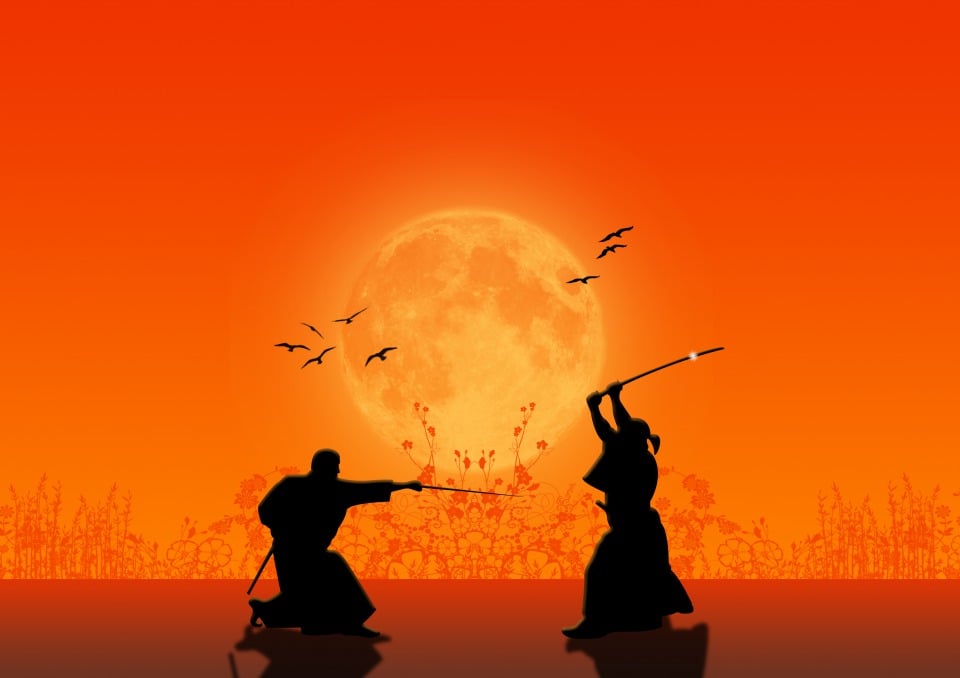
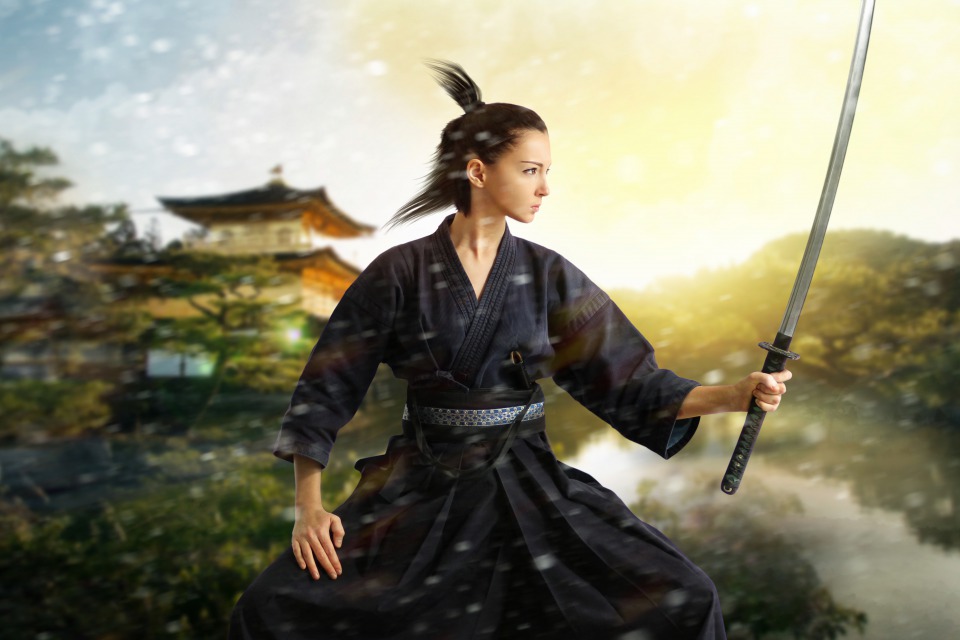
Throughout Japan’s history, the development and longevity of the Samurai class has been a major influence on the cultural development of its society and culture.
It is clear also from the relationship between martial arts and traditional culture that the underlying philosophy of Bushido (The code of the Samurai) has a profound influence on both.
Bushido is inseparable from other Japanese traditions too, such as the tea ceremony, flower arrangement and calligraphy, all of which have the Japanese word for “do” in their names.
For example:
The tea ceremony of ‘Sen no Rikyu’, the founder, was used as a setting for strategic meetings during the country’s Warring States period.
This is a historical fact, and was due to the support and patronage of Toyotomi Hideyoshi (1537-1598), a Daimyo and a major figure in the path to unification of Japan into a single country.
‘Shodou’ / Calligraphy originally adopted from China with the Kanji form of writing, developed greatly during the Kamakura period (1185-1333), among the two great powers of the time, the Samurai and Buddhist Monks.
As with the Samurai it was influenced by Zen Buddhism and hence they have much in common.
The key to true calligraphy is to bring the mind and soul into the work and to write with your heart, otherwise it’s meaningless.
To express deep meaning, the work must also show the emotions, personality and passion of the artist.
It is also said that the way of writing is the path to enlightenment.
During the ’Sengoku’ or warring states period (1467-1615) Sumo was promoted as a way of improving fighting skills, and Oda Nobunaga, a famous Daimyo of the time, created the professional Sumo wrestler, the prototype of today’s professional ‘Sumotori’ in Japanese..
Karate, with its roots in Okinawa, was developed as a style of fighting effectively without weapons. Kobudo developed from the tactics and techniques of ‘Shinobi’ or as they are more commonly known outside Japan, Ninja, the masters of covert attacks, espionage and deception.
In this way, all aspects of traditional Japanese culture have influenced each other over the course of Japan’s long history and have evolved in friendly competition.
Therefore, the essence of any Japanese sport is imbued with its culture, and introducing Budo to a non-Japanese audience is a way of bringing Japanese culture itself to life for them.
All of these Martial Arts have one aspect in common, they all emphasize civility and respect of others, and self discipline, not just winning or losing as the ultimate goal.
This is one of aspect of our culture that is admired by non-Japanese.
Four examples of popular performances
So what are the best ways to present martial arts performances to a foreign audience?
Here are four outstanding examples for you to consider.
Karate
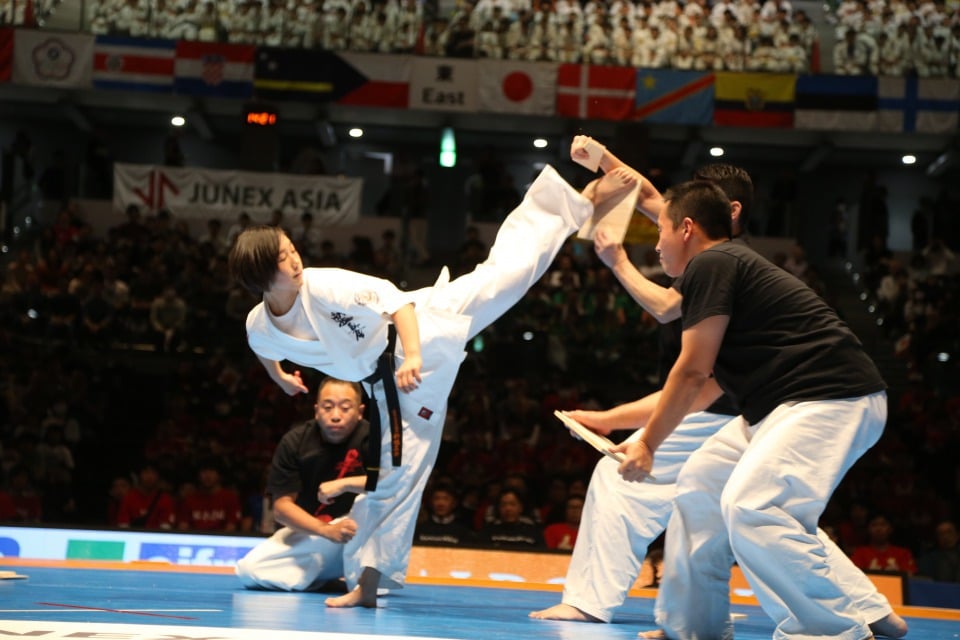
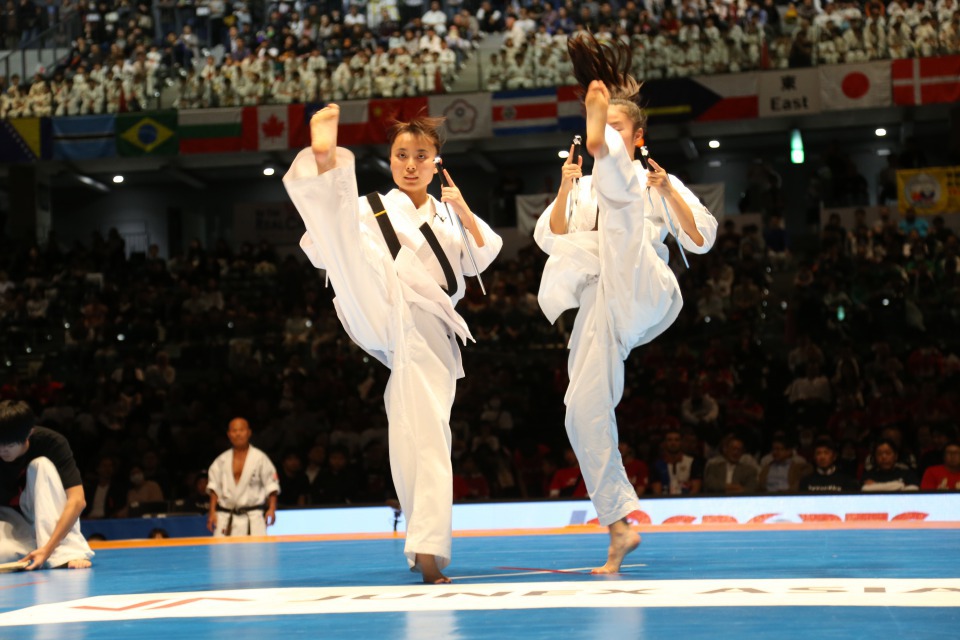
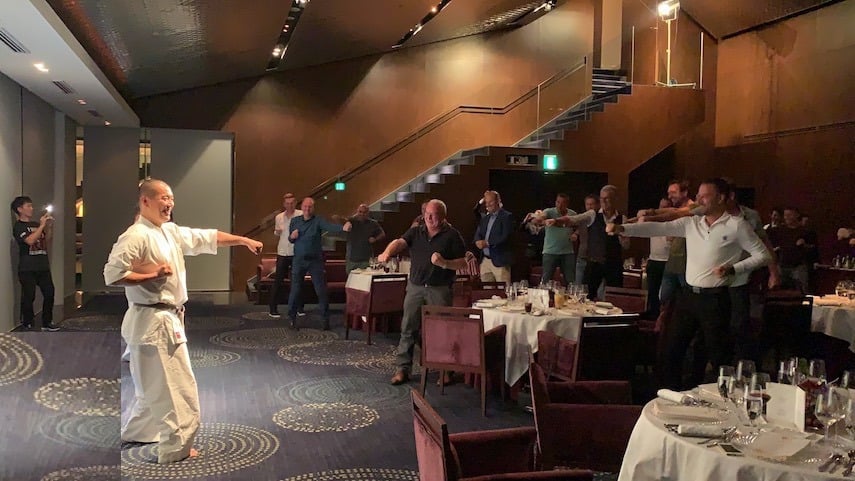
If you would like to know more about karate and self-defence, please refer to the following article:
Karate experience and self-defense techniques – three attractions of karate entertainment
Karate is one of the oldest and most traditional martial arts in Japan.
And in the much anticipated 2021 Tokyo Olympics, its home, the whole country is hoping to win at least one gold medal.
The combat style of Karate has been developed since ancient times as the fighting art of the empty hand, of subduing one’s opponent without the use of a weapon.
The strikes and blocks of a skilled Karate practitioner were first devised in ancient times, and have been developed and refined to the ultimate level.
One of the most entertaining performance elements of Karate is watching a powerful and spectacular ‘Kata’ demonstration.
Karate Kata showcase the beauty of movement and stillness in a set series of strikes and blocks, with each technique executed perfectly, and transitioning to the next until the Kata is complete.
It is not a sporting event as such, more of an art form well worth experiencing.
Another performance, this time demonstrating the power of karate is breaking of piles of tiles stacked high, with the shin, a part of the body that normally pain the most.
This takes the practitioners total concentration to deliver a blow of explosive power.
The audience is held in thrall, wondering whether the practitioner will be able to deliver, with all attention focused on the practitioner and stack of tiles.
Such Karate performances can be enjoyed by both individuals and larger groups of foreign visitors, with the practitioners adjusting the style of delivery and level of interaction with the visitors based on the number attending.
Judo
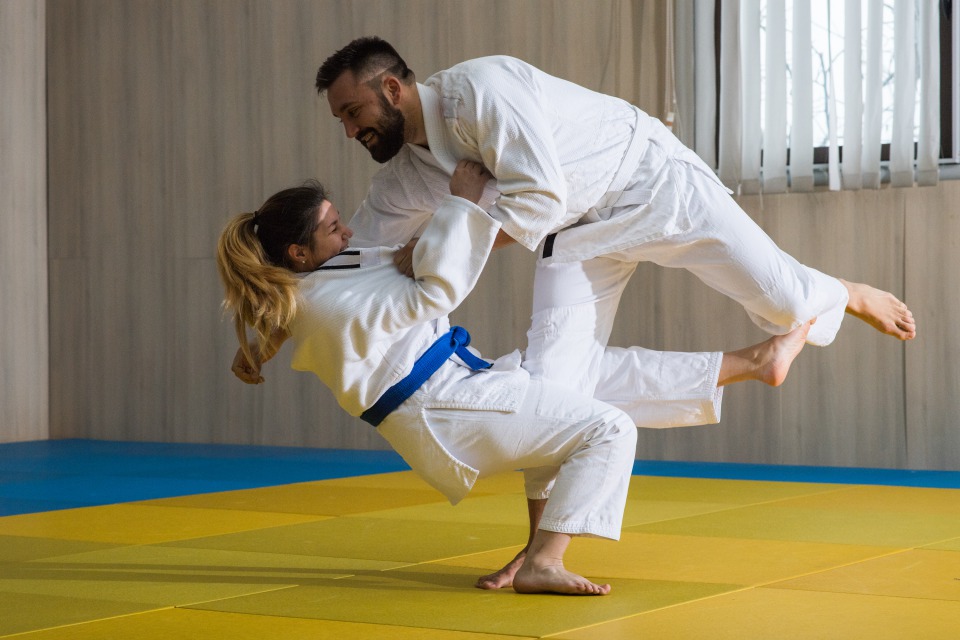


Judo, through primarily considered a martial art, focuses on three areas of development; physical culture/exercise, martial arts/self-defence, and moral behavior.
The founder and father of Judo, Jigoro Kano, expressed Judo as ”maximum efficiency with minimum effort” and “mutual welfare and benefit”.
Judo is seen as a way of using the power of body and mind in the most effective way possible, with “softness conquering strength”. Emphasis is placed on respect for others, mutual cooperation, improve both oneself and others.
In this context, Judo is integrated into education and plays a major role in human development.
The respect and gentleness of Judo is very much appreciated by overseas guests, hence it is a great way for them to experience the Japanese spirit of ‘rei’ in a short period of time.
Judo is now universally popular, and as an Olympic sport is practiced and contested by many counties.
Part of its appeal stems from the ability of a smaller person with good technique being able to throw or defeat a bigger and stronger opponent.
With its focus on human development, education and respect why not make the most of these by letting us organize a team building session or private Judo experience for you?
We are sure that you will find something memorable to take away from your experience with us.
Sumo
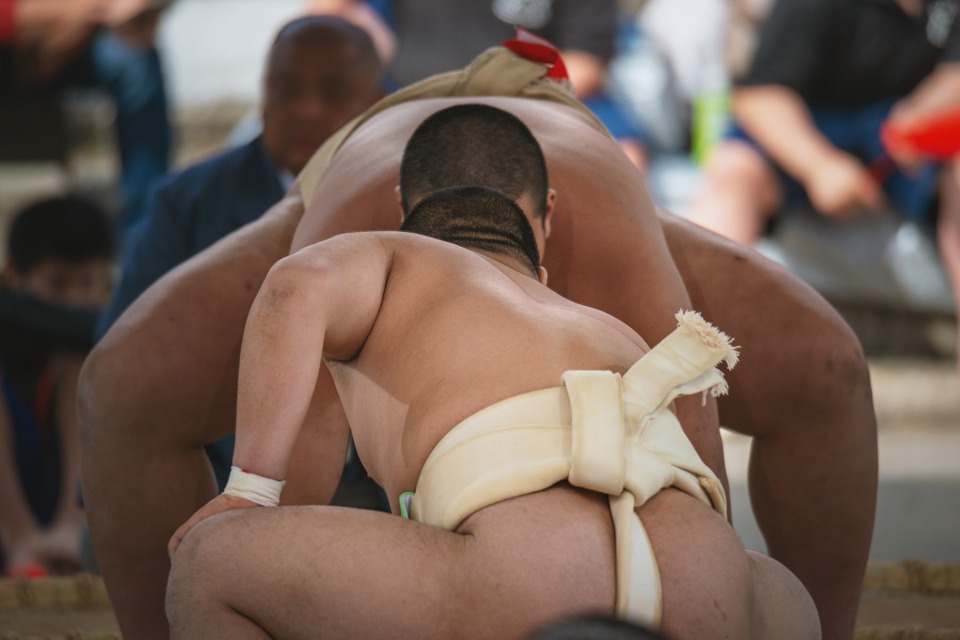


Sumo is considered the national sport of Japan.
In ancient times, it was also a sacred sport, and many matches were held in dedication to the Gods.
However, as far as taking overseas guests to a Sumo tournament, it is not always easy to entertain a group there due to the limitations of the small masu (box seats) of the ‘Kokugikan’, halls where the tournaments are held.
So, How about an exclusive Sumo experience?
At the Sumo experience, you’ll be able to watch a serious match between former Sumo wrestlers.
You will see a real match up-close unfolding before your eyes.
It’s thrilling to be in the presence of these giants colliding with each other in a high octane match.
Afterwards, you and your guests will have the opportunity to learn about Sumo from the former wrestlers who underwent rigorous training in their days at their Sumo stable.
After a hard day’s training, there is nothing better than partaking of ‘Chanko-nabe’ the high power dish of the Sumo wrestler.
After a good workout, you’ll be served this dish in a restaurant with a view of the Sumo ring, so you can experience of being a sumo stable wrestler, eating with his stablemates.
It’s a great way to experience another key aspect of Japan.
Kobudo, Ancient Martial Arts
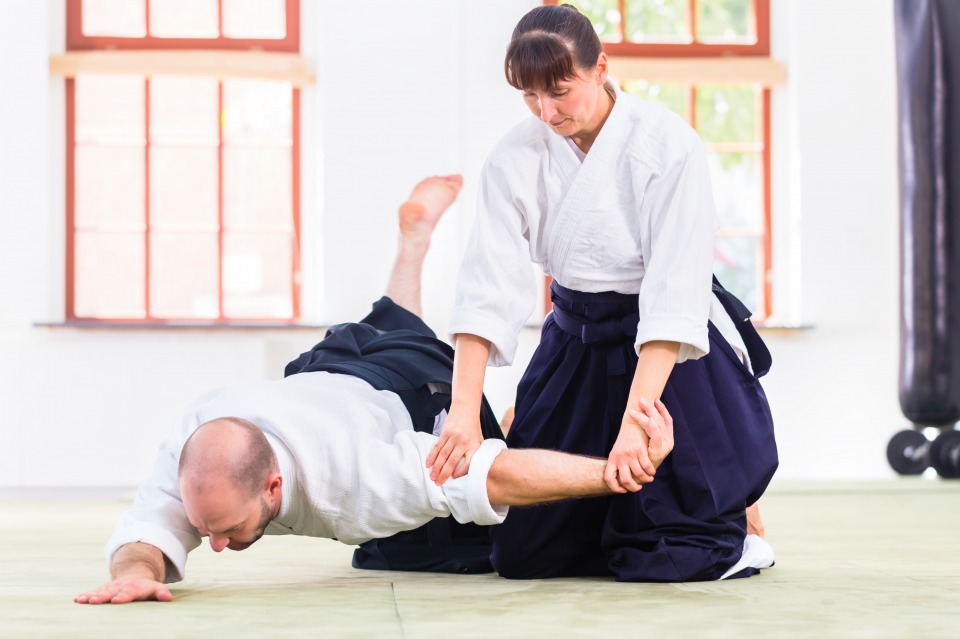
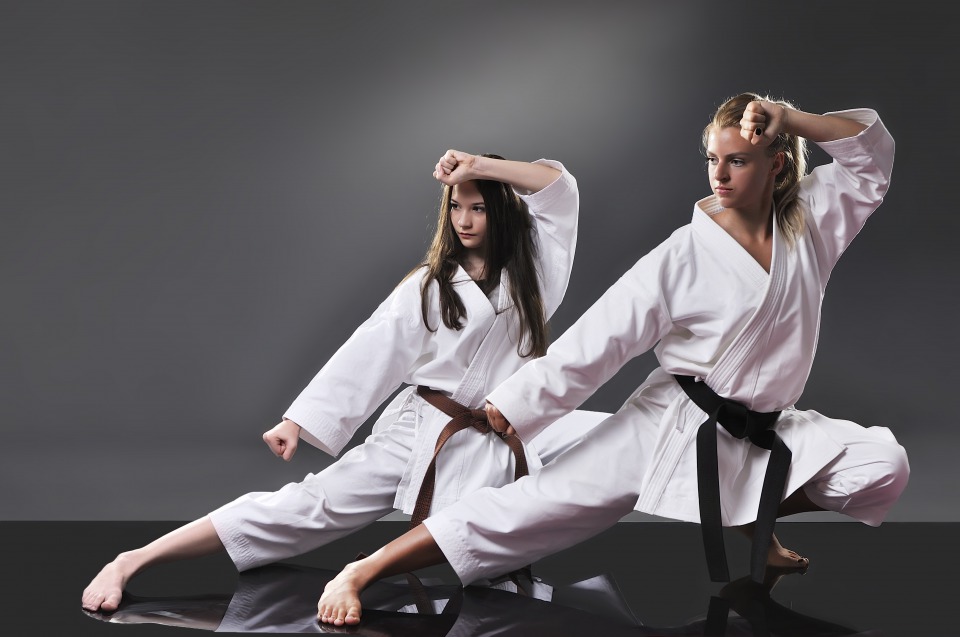
Kobudo is an ancient Martial Art that is recently gaining popularity overseas.
Whilst modern budo is a sporting discipline that aims to train the body and mind for the purpose of human development and physical education, in contrast Kobudo is not about winning or losing a match, but rather about training to fulfill a mission in battle.
Kobudo therefore includes martial arts skills that have been removed from modern martial arts because they are too considered deadly, and also include medicinal methods, spells and spiritual practices that are strongly linked to Zen and Esoteric Buddhism.
It includes ‘Ninjutsu’ and ‘Ninpo’, the art of warfare passed down through the schools of the Ninja.
Ninjutsu and Kobudo are among the most popular forms of Martial Arts with non-Japanese coming to Japan.
Every year, many overseas visitors come to the Samurai Museum in Chiba for training.
The Ninja is a very popular Icon of Japan, so much so that it has become synonymous with Japan overseas.
Ninja performances are also highly impactful and entertaining.
Special lighting and sound effects are added to enhance the atmosphere of these performances, bringing them them to life.
Summary

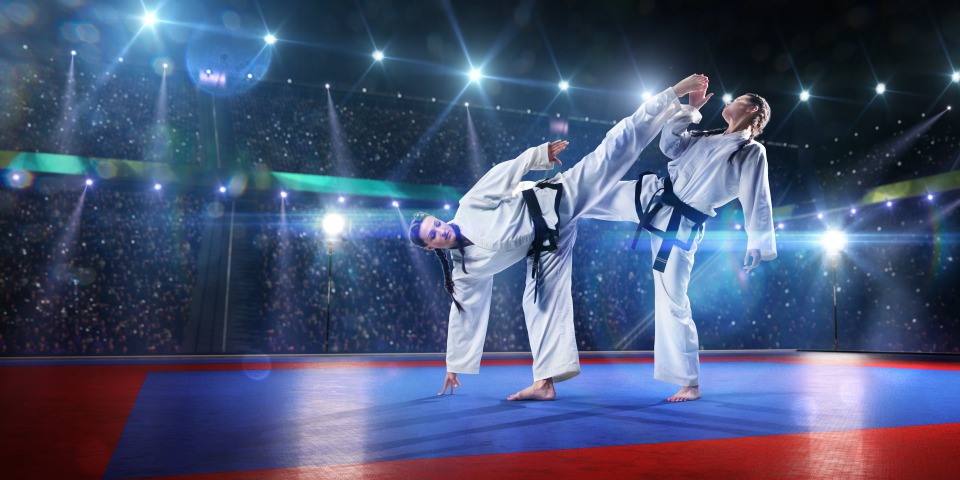
Or if you would like to know more about Karate itself and how to introduce it to your guests please click below:
Introducing and Explaining Karate to Overseas Guests
Japanese Martial Arts are not only attractive as sport activities, but also because they are imbued with the history, culture and spirit of Japan.
‘Budo’ is the essence of what Japan is all about.
It is an exciting form of performance, whilst also show-casing to your guests a fascinating part of Japanese culture.
It is a great way to entertain, and the perfect choice for large parties and special occasions.
These performances are not something they would be able to experience as casual tourists.
Satisfaction guaranteed!
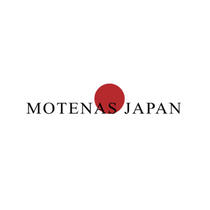
We are working day and night to spread Japan’s unique hospitality culture to people around the world. Please feel free to contact us for any inquiries regarding the reception and hospitality of guests visiting Japan.


